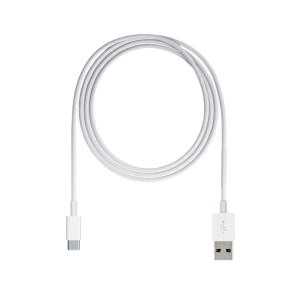
In previous articles, we discussed how lines sometimes blur between cyber security and TSCM, where skills from both disciplines may be needed to identify threats. Here’s a recent example that illustrates this, where transmitters and receivers can be used to initiate a cyber attack.
There are USB cables that can be controlled remotely via wireless/bluetooth to inject a payload with command line/keystrokes onto a computer. The computer can be remote controlled, accessing networks, files, control settings, permissions, or a critical information. It could also be used to inject a virus. Continue reading “USB Cables Can Hide A New Payload Threat”



